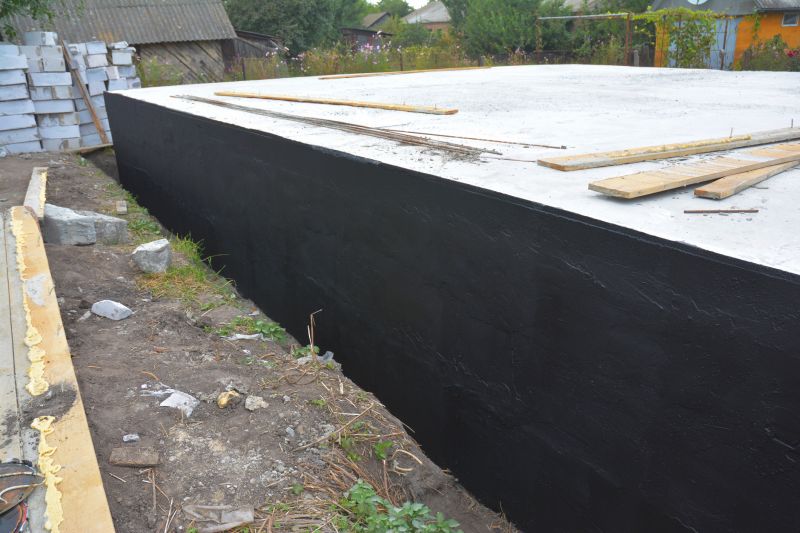Improve Air Quality with Crawlspace Sealing Experts
Crawlspace encapsulation is a comprehensive process that involves sealing and insulating the crawlspace to prevent moisture intrusion, reduce mold growth, and improve indoor air quality. Proper encapsulation can lead to significant energy savings by preventing air leaks and maintaining consistent temperatures within the home. It also helps protect the structural integrity of the foundation by controlling humidity levels and preventing wood rot and pest infestations.
Encapsulating a crawlspace reduces mold, mildew, and dust mites, which can improve respiratory health and reduce allergy symptoms.
Sealing the crawlspace helps prevent conditioned air from escaping, leading to lower heating and cooling costs.
Controlling moisture levels prevents wood rot and foundation damage, extending the lifespan of the home.
Encapsulation creates a barrier against ground moisture, reducing the risk of mold growth and wood decay.

A fully sealed and insulated crawlspace showing the clean, finished appearance of professional encapsulation.

Close-up of the sealed floor with vapor barrier and insulation in place.

Walls sealed with vapor barriers and insulation to prevent moisture entry.

Properly sealed vents to prevent outside air and pests from entering the crawlspace.
Failure to encapsulate a crawlspace can lead to increased moisture levels, mold growth, pest infestations, and structural deterioration. Studies show that unsealed crawlspaces can contribute to indoor humidity levels exceeding recommended standards, which can cause health issues and damage to the home. Additionally, homes with unencapsulated crawlspaces often experience higher energy bills due to air leakage and inefficient insulation.
| Risks of Not Encapsulating | Potential Consequences |
|---|---|
| Moisture Intrusion | Mold growth, wood rot, and structural damage |
| Pest Infestations | Rodents, insects, and other pests can thrive |
| Higher Energy Costs | Increased heating and cooling expenses |
| Poor Indoor Air Quality | Allergens and mold spores circulating indoors |
| Foundation Damage | Cracks, shifting, and compromised stability |
| Reduced Home Value | Potential for costly repairs and decreased appeal |

